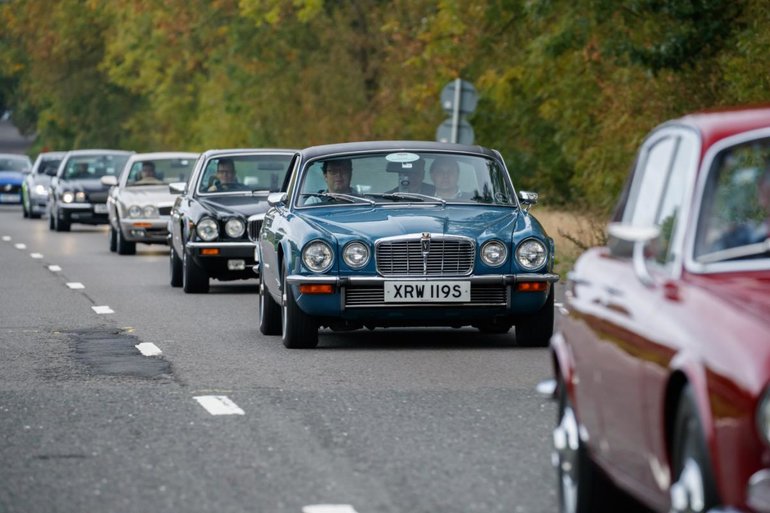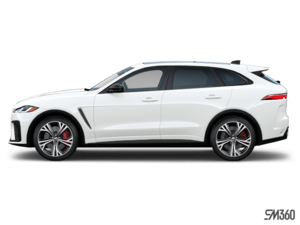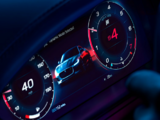Jaguar: From 12 to 0 Cylinder
March 24 2023, AutoAubaine

As a car journalist and a petrolhead, I like to write and read about anything car-related, especially regarding history. Today's car market is way different from what it used to be 100 years ago, and even after that. Therefore, I wanted to bring you to see Jaguar Motors' evolution throughout the years and how the British manufacturer went from making V12S to putting electric motors in its vehicles.
Believe it or not, Jaguar started as a motorcycle sidecar business before it started to make cars. Although it's not unusual, seeing how the British manufacturer's business model evolved is fascinating. The Swallow Sidecar company was founded in 1922 and became Jaguar only 23 years later, in 1945. Jaguar jumped from one owner to another several times in its existence, including Ford, in 1990. However, the Detroit giant sold the brand in 2008 after the financial crash in the US. Tata Motors then bought Jaguar, and the brand is currently flying on its own under the Jaguar Land Rover name.
12 Cylinders
One of the very first 12 cylinders in Jaguar history was introduced on the market in 1972 with the XJ and E-Type models after years of development. In fact, Jaguar first started to experiment with V12S back in 1950. The first production V12 engine was designated as the "HE" (High Efficiency), and it was introduced in 1971 and featured a 5.3-litre displacement. This engine helped Jaguar improve fuel injection technologies back in the 80s.
V8
Jaguar is iconic for the 6-cylinder engine, and despite what you may think, the brand's first V8 was introduced on the market only in 1996. Jaguar's first V8 featured a 4.0-litre displacement before being replaced by a 4.2-litre V8. The V8 is still part of the Jaguar line-up today, with the F-Type in the form of a supercharged 5.0-litre V8.
6-cylinder
6-cylinder engines have been part of the Jaguar line-up almost since the very beginning. The first 6-cylinder engine to feature in a Jaguar model was introduced on the market in 1948 with a displacement of 3.4 litres. The Jaguar XJ220, one of the brand's most legendary vehicles, was, in fact, powered by a 6-cylinder engine producing well over 500 hp, which was absolutely insane back in the 1990s.
4-cylinder
The 4-cylinder engine has been part of Jaguar's history since the very beginning, even before the brand was called Jaguar. Of course, the 4-cylinder is still part of the Jaguar family today as they have become way more efficient and more compliant with rules than most other engines.
0-cylinder
The Jaguar I-Pace is the brand's first electric vehicle, and it is pretty impressive and fast for an SUV. In fact, it is capable of reaching 60 miles an hour in less than 4.5 seconds. Of course, this is just the beginning for Jaguar since electric vehicles are meant to be the future of the automobile industry.




